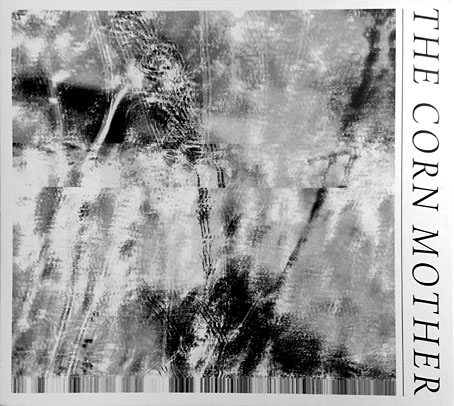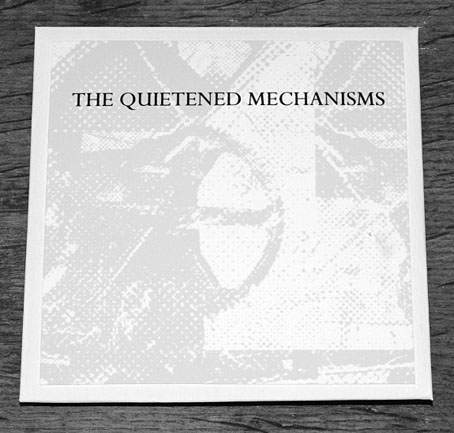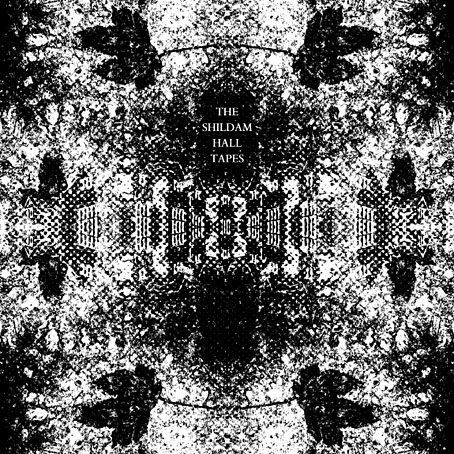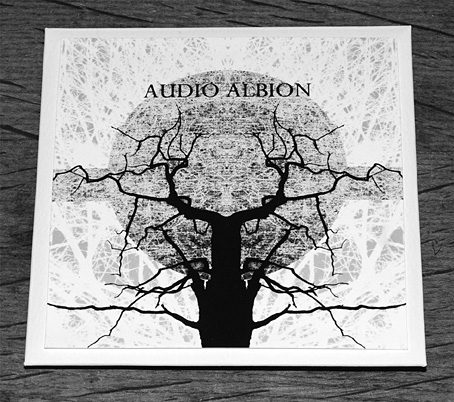
The latest release from A Year In The Country is the first to arrive as a manufactured compact disc rather than a hand-made artefact. Following the example set by The Shildam House Tapes, The Corn Mother is another soundtrack for a lost film (or a reflection of the same), suggesting that this is now an ongoing series within the body of AYITC releases. The film in question is, like its predecessor, a legended horror feature from the past, with a difficult production, few screenings, and a long train of rumour and mystery:
In the early 1970s a folk horror-esque screenplay made the rounds of the film industry but remained unmade until 1982.
The story is set in the late 19th century in a rural British village and revolves around the folklore of the “corn mother” – where the last row of the corn harvest is beaten to the ground by the reapers as they shout “There she is! Knock her into the ground, don’t let her get away!”, in an attempt to drive the spirit of the corn mother back into the earth for next year’s sowing. […] Through related second, third and more-hand reports and interpretations of the different versions of the screenplay, it has been suggested on the one hand that The Corn Mother was a typical direct-to-video piece of exploitation fare designed to take advantage of a rapidly-expanding home video market, and on the other that while the film does indeed contain elements of such things, it is actually nearer to a folkloric fever dream and closer in spirit to arthouse experimentalism than B-movie schlock.
Track list:
1) Gavino Morretti—Ritual and Unearthly Fire
2) Pulselovers—Beat Her Down
3) The Heartwood Institute—Corn Dolly
4) United Bible Studies—From The Last Sheaf On The Braes
5) A Year In The Country—The Night Harvest
6) Depatterning—The Keeper’s Dilemma
7) Widow’s Weeds—The Corn Mother
8) Sproatly Smith—Caught In The Coppice
9) Field Lines Cartographer—Procession At Dusk
Reading the description reminds me of the similarly elusive and sinister films that are the subject of Theodore Roszak’s novel, Flicker (1991). Roszak’s novel is flawed but the scenario is a fascinating one, especially his description of the films made by enigmatic Hollywood director Max Castle. These recent soundtrack collections by A Year In The Country suggest an equally occluded (and possibly occult) history for British cinema of the 1970s and 80s, a proposal which was explored from a different angle by Emily Jones and The Rowan Amber Mill in The Book Of The Lost (2013). The Corn Mother is more overtly sinister than The Book Of The Lost, the music (and some songs) being suitably guitar-led folk pieces interleaved with passages of doom-laden electronics. I haven’t been as enthused by The Corn Mother as I was with The Shildham Hall Tapes but this is more down to my feeling somewhat exhausted by the folk-horror trend than with the individual contributions (I also like haunted houses). Gavino Moretti who provided such a marvellous opening to The Shildham Hall Tapes returns here with another opening theme that sets the mood before dissolving into a fog of mutated cries and shrieks. Halloween may be over but its spell for me always lingers through November, and albums such as this are especially suited to chill days, early twilights and long, dark nights.
The Corn Mother will be available for pre-order from 12th November.
Previously on { feuilleton }
• The Quietened Mechanisms
• The Shildam Hall Tapes
• Audio Albion
• A Year In The Country: the book
• All The Merry Year Round
• The Quietened Cosmologists
• Undercurrents
• From The Furthest Signals
• The Restless Field
• The Marks Upon The Land
• The Forest / The Wald
• The Quietened Bunker
• Fractures



